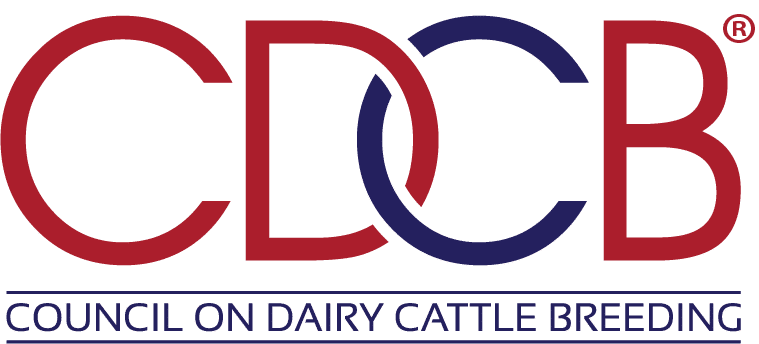How is it calculated?
Average PTA (cows born in 2020)
– Average PTA (cows born in 2015)
Base Change
Changes greater than 0 mean the younger cows have a higher genetic merit than the older cows. April 2025 PTAs show the inverse effect (i.e. a positive milk value below resulted in a decrease in milk PTA).
